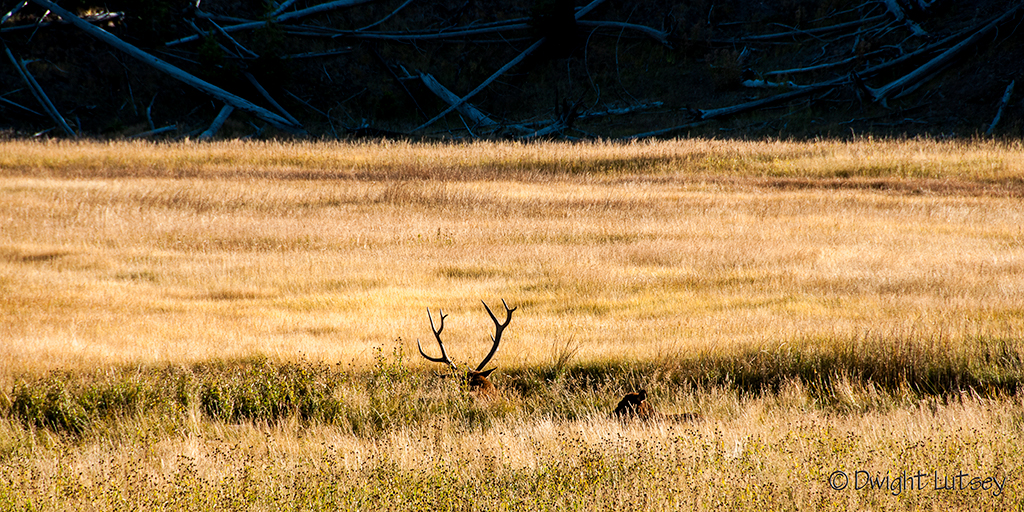 click to enlarge
click to enlarge
Many visitors to Yellowstone National Park do not realize that there are only about 152 elk who actually live in the park full-time. I know, that’s not many, but facts is facts. They also don’t know that there are approximately a hundred million, million visitors that come to the park each year. And every single one of them, those visitors, regardless of where they’re from or how goofy their clothes are, all want to see an elk, or maybe even two or three. (Note to People: Dress up people, wear some decent clothes, what do you thing this is WalMart? Nobody wears tie-dyed shorts anymore) So if we do the math that’s approximately one elk for every eleven million people. And since those visitors do not tend to stay in one place for very long, especially since they’re in those big busses and those drivers have schedules to keep, they’re moved around a bunch. Now Yellowstone is a big place. I’d say it’s somewhere between Rhode Island and Texas in size, no one has ever actually measured it so we have to guess some at how big it really is, but its big. You can’t walk across it in a day.
So here’s the dilemma. Big park, many visitors, few elk. How are you going to make sure that everybody gets to see one or maybe two or three. This is where it gets good. They use computers, big honking ones that they got second-hand from a college, called Cray Computers. They were the biggest, fastest, most braggable computers somebody could have. We had one in our town and I wouldn’t be surprised if that’s where the Yellowstone people got theirs, from us when we trashed-canned it because the new iPhone had more power when it came out. Ours did amazing stuff and one of our biggest claim to fame was using our super computer to time the traffic lights right here on College Ave. You could drive from one end of College to the other at sixty miles an hour and never hit a light. That was very cool.
The elk however are not very computer savvy. Let’s take a moment, Savvy, there’s a word you don’t hear very much any more, who would use the word savvy now a days, let’s use it a sentence shall we. “You must be pretty computer savvy.” Nope doesn’t work. But back to the problem at hand, elk not being computer savvy. What the park service did and this is genius, is put each elk on a schedule, where they worked a 12 hour shift and where in the park they did that shift. Brilliant. One day it would be on the Madison river just up from seven mile bridge, the next day it would be up in the parking lot at Mammoth, and then they could pull a shift over in the Lamar valley or up on the Yellowstone in the Hayden. Lots of moving around, lots of exposure, and most importantly lots of face time with the tourists.
But, and its big one, here’s the fly in the tapioca, Elk don’t like schedules, and they get sick and tired of tourists and they flat-out refuse to pull their load sometimes. So they hide. This plays havoc with the IT boys because it really screws up everything. Their carefully worked out programs get all over wonky of a sudden, the bus schedules get out of whack, the transport system used to haul the elk around to their various duty stations breaks down, you didn’t think the elk walked to those places did you? Do you know how far it is from the Northeast end of the Lamar to the Madison? Well its far. It is just a big mess. So out go the rangers to find the mutineers and get them back on the program.
Well, elk are clever but not very smart. These two in the photo above have hidden themselves by squatting, well I guess lying down would be a better choice of words, in the tall grass so that they couldn’t be found. Unfortunately the mental genius of the two left his great big obvious antlers sticking three feet into the air kind of negating the whole hiding thing. They always act so surprised when the rangers find them, like, “Whoa man, how did you find me? I was totally hidden dude. What, do you like have x-ray vision or something.” and then they’re put on the truck and its off to the Norris campground or somewhere where the next bus is due.
It is a flawed system for sure but it is the only one they’ve got and so they make the best of it. It’s not so bad for the elk, once they’ve dodged the wolf packs, they get to eat all day if they want, they get their antlers buffed so they make for better photo ops, the ones who don’t miss a shift or are never tardy get to choose where they want to winter in the off-season. All in all it could be worse. So our tip for you our loyal readers is if you want to see elk in Yellowstone, you’ve got to slip one of the IT guys a fiver and he’ll give you a copy of the next days schedule.Then you can be there before the next tour bus pulls up and have as much as a half an hour or so with the elk all to yourself. Groovy right? The guy I talk to is Brad, tell him I sent you.

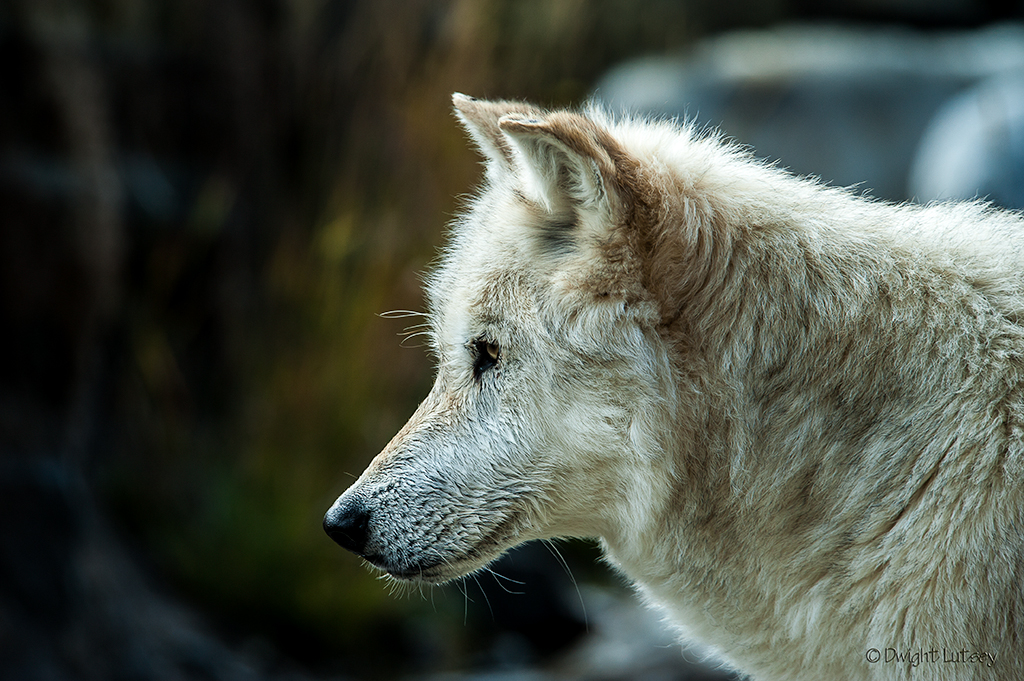
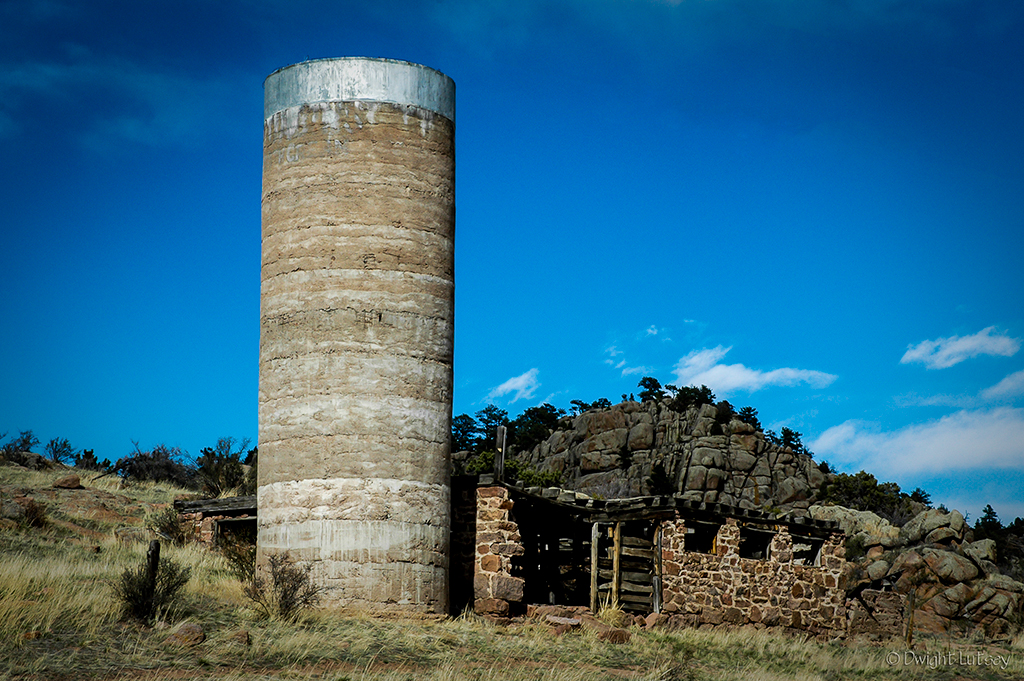 click to enlarge
click to enlarge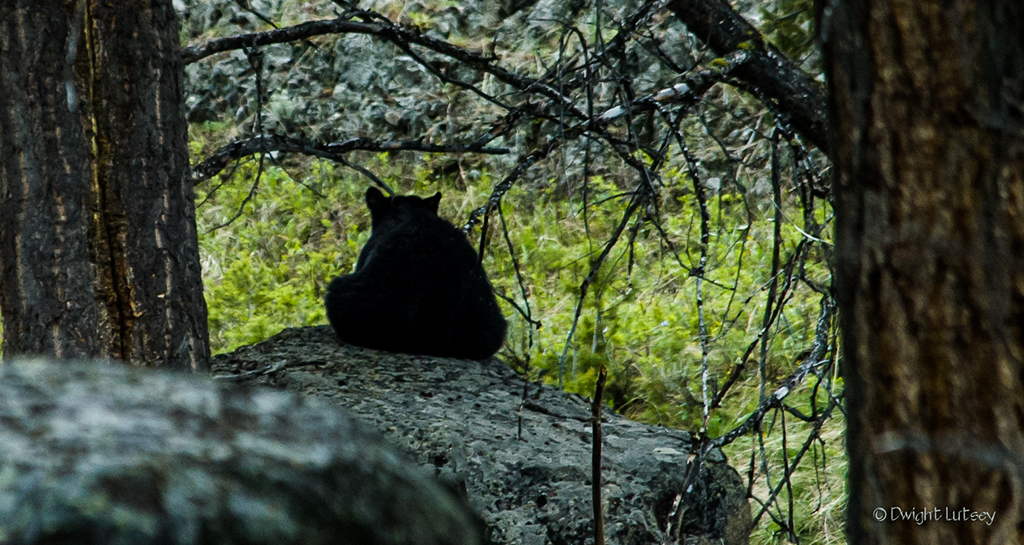

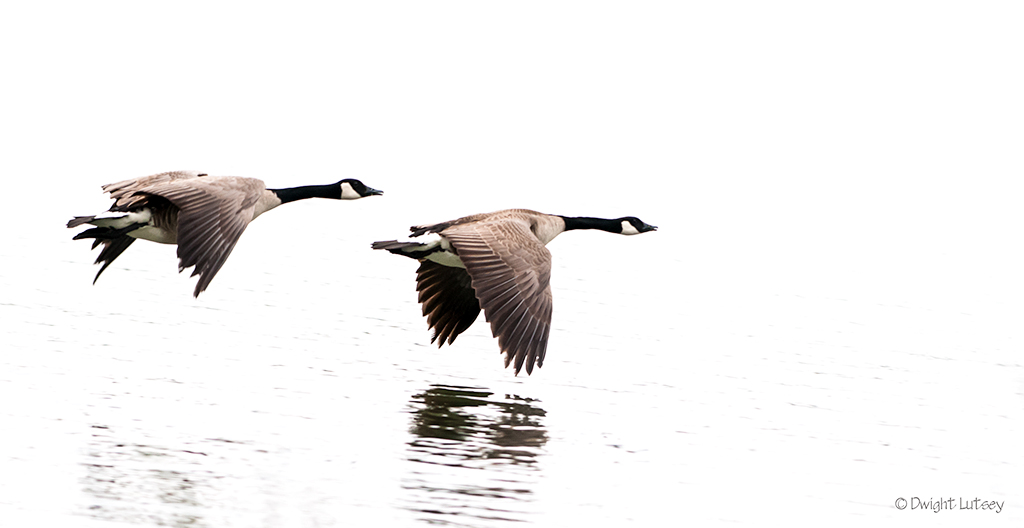
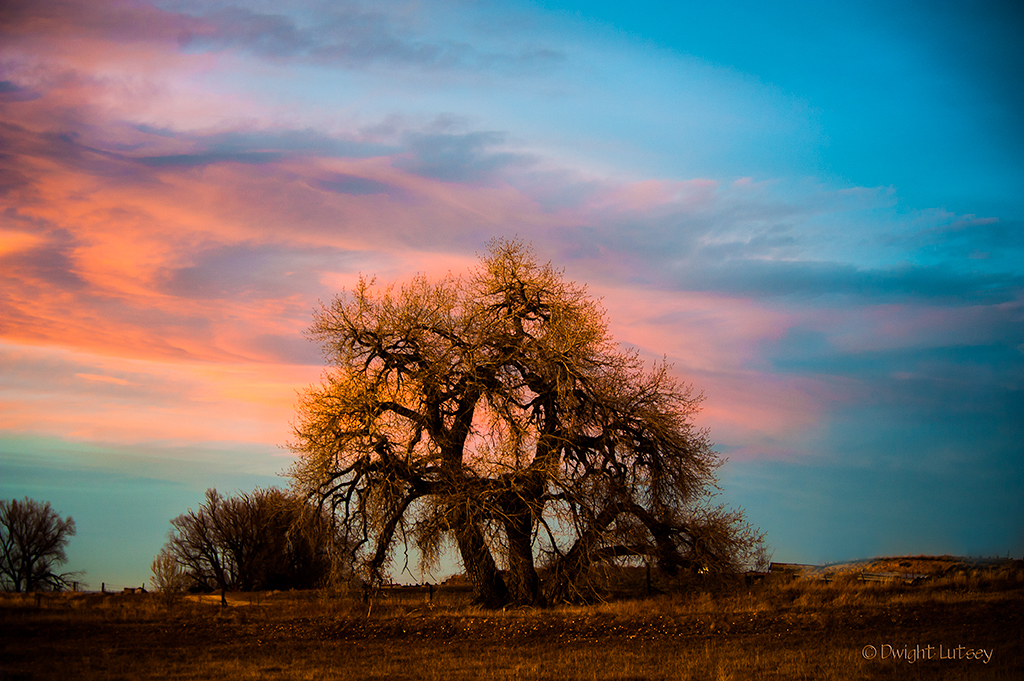
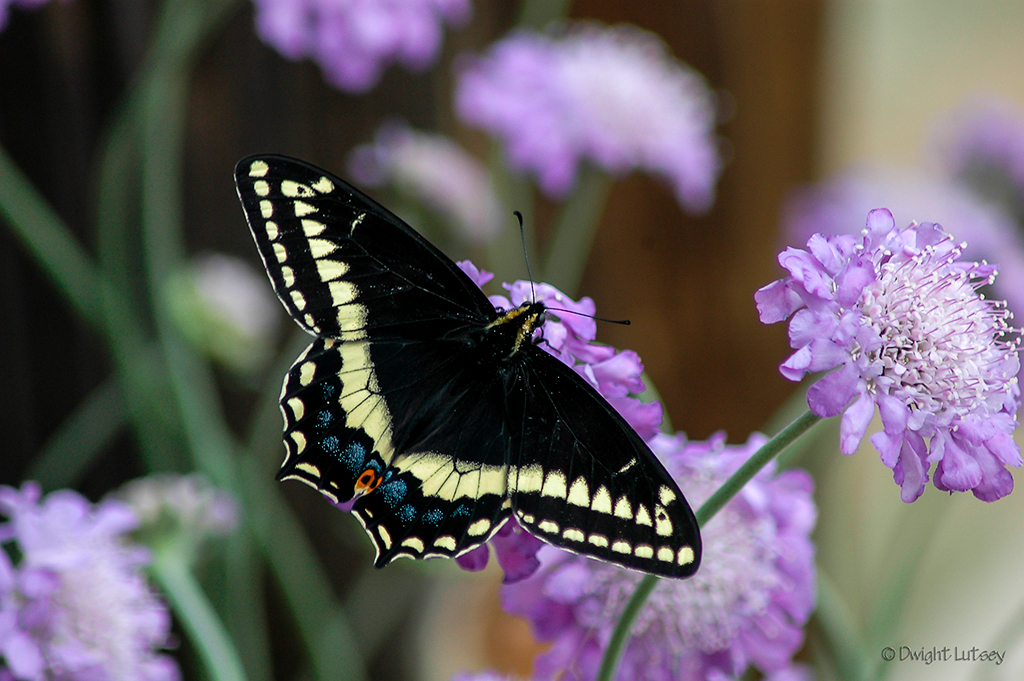
You must be logged in to post a comment.